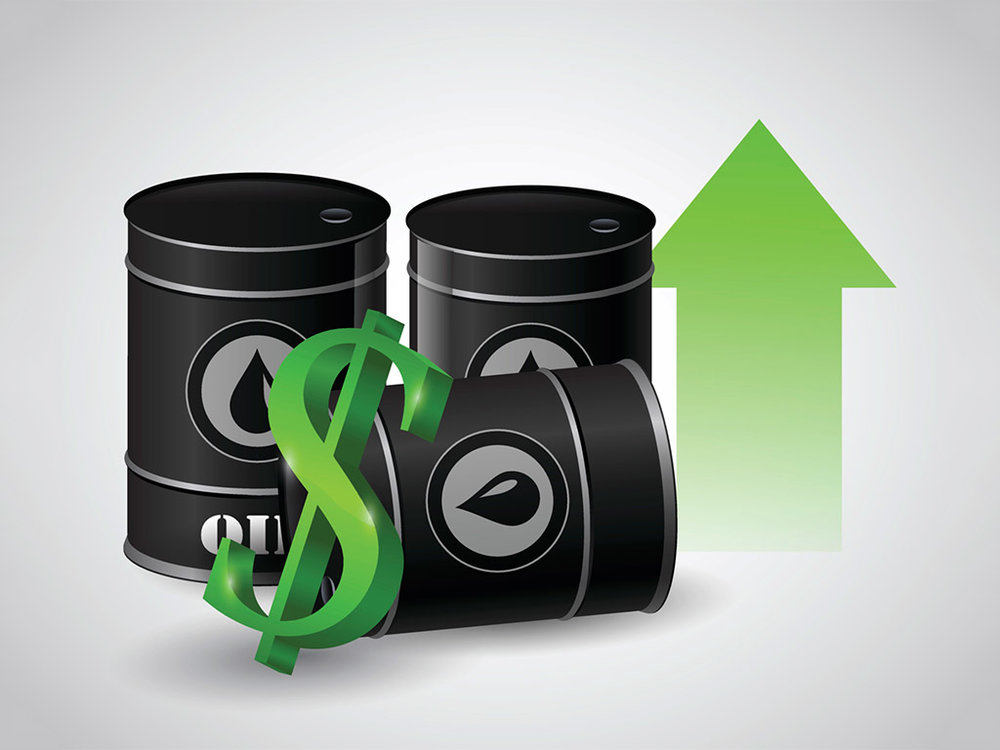- Your cart is empty
- Continue Shopping

Oil prices remain stable as investors await direction from US inflation data
Oil prices stabilized on Thursday after falling for three days as traders awaited U.S. inflation data that might guide future interest rate increases and the impact of additional COVID curbs in China, the world’s largest petroleum importer.
At 0534 GMT, Brent crude futures decreased 2 cents to $92.63 a barrel. The price of U.S. West Texas Intermediate (WTI) oil futures was $85.75 a barrel, down 8 cents.
While WTI prices have fallen more than 7% this week, Brent prices have fallen more than 6%.
In the city’s largest outbreak to date, Guangzhou, a manufacturing hub with 19 million residents, reported more than 2,000 new cases on Thursday, the third day above that number.
As local cases in China reached their highest level since April 30 on Wednesday, millions of residents were urged to get tested for COVID-19, and one metropolitan district was placed under lockdown.
Later on Thursday, the United States will release statistics from the consumer price index (CPI), which is anticipated to demonstrate a slowing of inflation for both the monthly and yearly core numbers.
This could prompt the U.S. Federal Reserve to scale back the amount of interest rate hikes that are currently scheduled, which would be favorable for the expansion of the economy and oil consumption.
After a significant increase in U.S. oil inventories was reported on Wednesday, prices were also under pressure.
“The outlook for oil prices has become more cautious. The U.S. CPI data … will further affect market expectations from the macro level, which further increases the market’s wait-and-see sentiment,” said analysts from Haitong Futures in Shanghai.
Last week, the U.S. saw a 3.9 million barrel increase in its crude oil reserves. Inventories reached their greatest level since July 2021, according to the Energy Information Administration.
However, distillate stockpiles decreased by 500,000 barrels, and gasoline inventories dropped by 900,000 barrels to their lowest level since November 2014.
According to Commonwealth Bank analyst Vivek Dhar, there may have been too much negativity surrounding the increase in U.S. crude oil reserves.
In addition, the number of days those inventories can meet expected demand is at 26, almost five days below the five-year average, “indicating much tighter conditions than U.S. oil or gasoline markets,” he said. Distillate stockpiles, which include diesel, heating oil, and jet fuel, have dropped to their lowest levels in a decade.
In a note to clients, Dhar projects that Brent will, on average, cost $95 a barrel in the fourth quarter as oil markets tighten as a result of the European Union’s planned ban on imports of Russian seaborne oil, which will go into effect on December 5 in response to Russia’s invasion of Ukraine.
Source: Reuters
